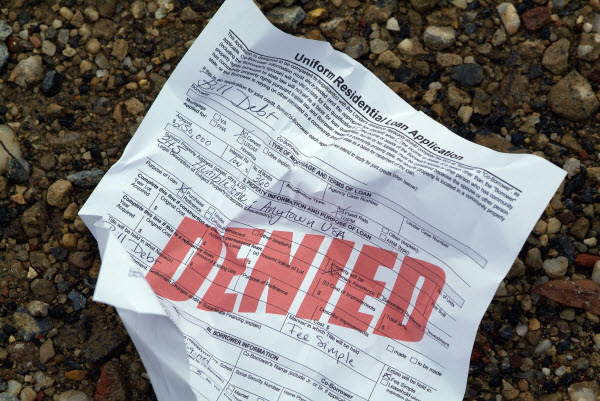
I have to admit, sales and the process of selling both come pretty naturally to me – a fact that I’m incredibly grateful for, as these talents have helped me to build a career and grow the different businesses I’m involved in.
That said, when I tell people that I’m in sales, I invariably hear one reaction over and over again: “Oh, I couldn’t do that – I couldn’t handle the rejection!”
Here’s the thing… Rejection is something that we all have to deal with. Maybe you aren’t putting yourself on the line every day as you would in a sales career, but if you’ve ever been rejected by the hot girl or guy in the bar, been turned down admission to a school you wanted to attend or been told you couldn’t have the raise you felt you deserve, you’ve experienced rejection!
In fact, rejection is so common that I believe if you aren’t experiencing it on a regular basis, you’re doing something wrong by not taking enough risks!
Simply put, rejection occurs when you put yourself out there – when you ask somebody out, when you ask for something you really want at work or when you put yourself up for some major award or promotion. If you aren’t doing any of these things, you’re living a safe life. And while that might be fine in some situations, it’s sure as hell not going to help you experience success.
If you want to succeed, you have to get used to being rejected. It isn’t a fun thing to do – especially if you’ve grown up believing that failure is the worst thing that can happen to a person – but it’s hugely important if you want to reach new heights in your personal or professional life.
The following are just a few of the different ways you can learn to embrace rejection and the eventual success it helps to bring about:
Idea #1 – Reframe rejection in your mind
In a lot of ways, I think our current education system does students a huge disadvantage by enforcing the idea that failure is always bad. Students today are constantly pressured to succeed (even if that’s measured as something as arbitrary as standardized test performance) and reminded that failing will lead to a host of negative life consequences (as in, living in a van down by the river).
The problem with this black-and-white way of thinking is that failure – when used appropriately – can actually represent a tremendous learning opportunity. When we fail, we have the chance to figure out where we went wrong and how we can change things in the future – that is, if we’re given the opportunity to do so. If we’re constantly berated for making mistakes, it’s no wonder that we begin to fear failure and rejection.
The key to getting out of this harmful mindset is to reframe your way of thinking about rejection. Instead of beating yourself up, learn to recognize that failures can be powerful ways to improve – but only if we learn to let go of self-flagellation and embrace the new opportunities that rejections can represent.
Idea #2 – Ask yourself, “What’s the worst that could happen?”
Of course, the thought of learning to embrace rejection is one that’s easy to imagine, but much harder to put into practice.
If you’re having trouble seeing the upside of a past or future rejection, ask yourself, “What’s the worst that could happen?” Odds are, it’s not as bad as you think…
Say you go after a major sales prospect at work and wind up not getting the contract. You haven’t failed on some epic level – in fact, chances are your life hasn’t changed much at all. You might not be getting a big, fat commission check, but nobody’s going to come tear the roof from over your head because you weren’t able to close this single sale.
Idea #3 – Actively seek out ways to be rejected
As with so many other things in life, the best way to practice reframing rejection in your mind and extrapolating future harm scenarios is to practice!
If you want to level up your ability to confront rejection like a boss, you’ve got to get out there and seek it out. When you hit the bar with your friends, work your best lines on the “Perfect 10” sitting next to you. Ask salespeople to give you unprecedented perks when buying major items like cars and appliances. Try getting restaurant chefs to serve you entirely unique meals that aren’t listed on their menus.
Really, the possibilities are endless. By making an effort to actively seek out rejection, you’ll learn that it’s truly no big deal to fail from time to time (although you might also be surprised by how willing people are to help you out with your requests). And once you’ve learned how to diminish the power that rejection holds over your life, you’ll find yourself taking more chances and experiencing more success than ever before.
So now, I want to hear from you… What’s the biggest rejection you’ve ever experienced and how did you handle it? Share your responses in the comments section below:

